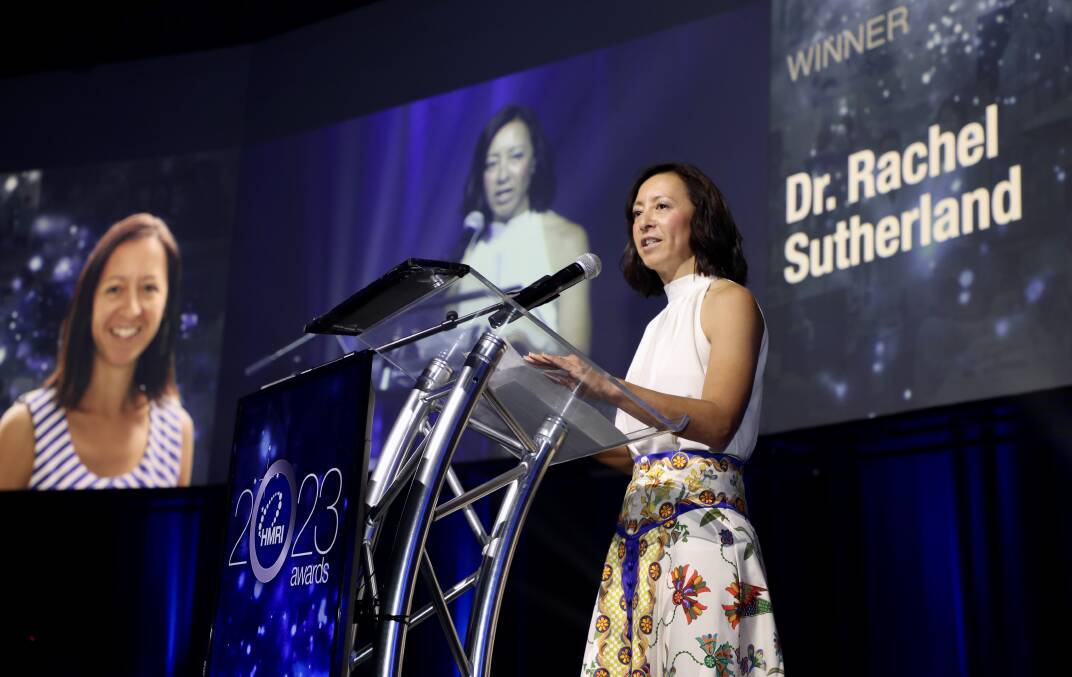
UNIVERSITY of Newcastle's Rachel Sutherland is putting research into action, and the world is watching.
Dr Sutherland, who has completed her PhD on effective school-based physical activity programs, has been recognised in the National Health and Medical Research Council (NHMRC) 15th edition of its '10 of the best' publication.
Through her NHMRC 'translating research into practice' fellowship, Dr Sutherland, a practising dietitian, set out to implement her research in 49 high schools across the state.
"We can't generate research and then have it sitting in the cupboard," she said.
"We need to focus on how it is implemented and translated."
She said only about 14 per cent of effective research ever reached communities, and it could take 17 years to get there.
"We wanted schools to use our research in its entirety," she said.
Dr Sutherland previously worked in primary schools in the Hunter New England district and saw a huge gap in healthy teen behaviours.
"Less than 5 per cent of adolescents actually meet the national physical activity guidelines," she said.
Her work with schools increased physical activity by 15 minutes a week for students, and involved 50,000 adolescents.
Dr Sutherland's program is the first internationally to increase physical activity in low socioeconomic communities by 49 minutes a week, and limit unhealthy weight gain.
In low socioeconomic communities, survival issues often needed to be prioritised. However, she said kids who were physically active were more engaged in their schooling.
"It's about promoting to adolescents that physical activity doesn't just benefit you into the future, it has benefits for them today," she said.
Dr Sutherland said barriers to greater exercise in schools included high cost, resources, and time.
Her high school program's strategies included:
- Physical education lessons were as active as possible, including warm ups and inclusive games.
- Adolescents setting their own, individualised physical activity plan in class.
- Physical activity opportunities during break times.
- Access to school facilities such as ovals
- Resistance training and muscle strengthening activities.
- Low-cost community sport options.
- Collaboration with parents to support their teenagers at home.
To make the programs successful, Dr Sutherland said her team gave schools training, funding and feedback.
Schools were also supported to implement a physical activity policy and model that would last through leadership changes.
She said teenagers learnt physical activity skills in school that they could then make part of their lifestyle at home.
Limited physical activity can had consequences for future health and mental wellbeing.
"There is a huge challenge in our health system with chronic conditions," Dr Sutherland said. "A less active teen is a less active adult," she said.
With dependency on cars, Dr Sutherland said she understood why some thought physical activity was unattainable.
Exercise and eating healthy did not have to be expensive.
"We need to change the perception of physical activity and work out how we can make it an easy choice for people," she said.
Dr Sutherland's next steps involve reaching more schools and introducing a school lunch box program nationally.







